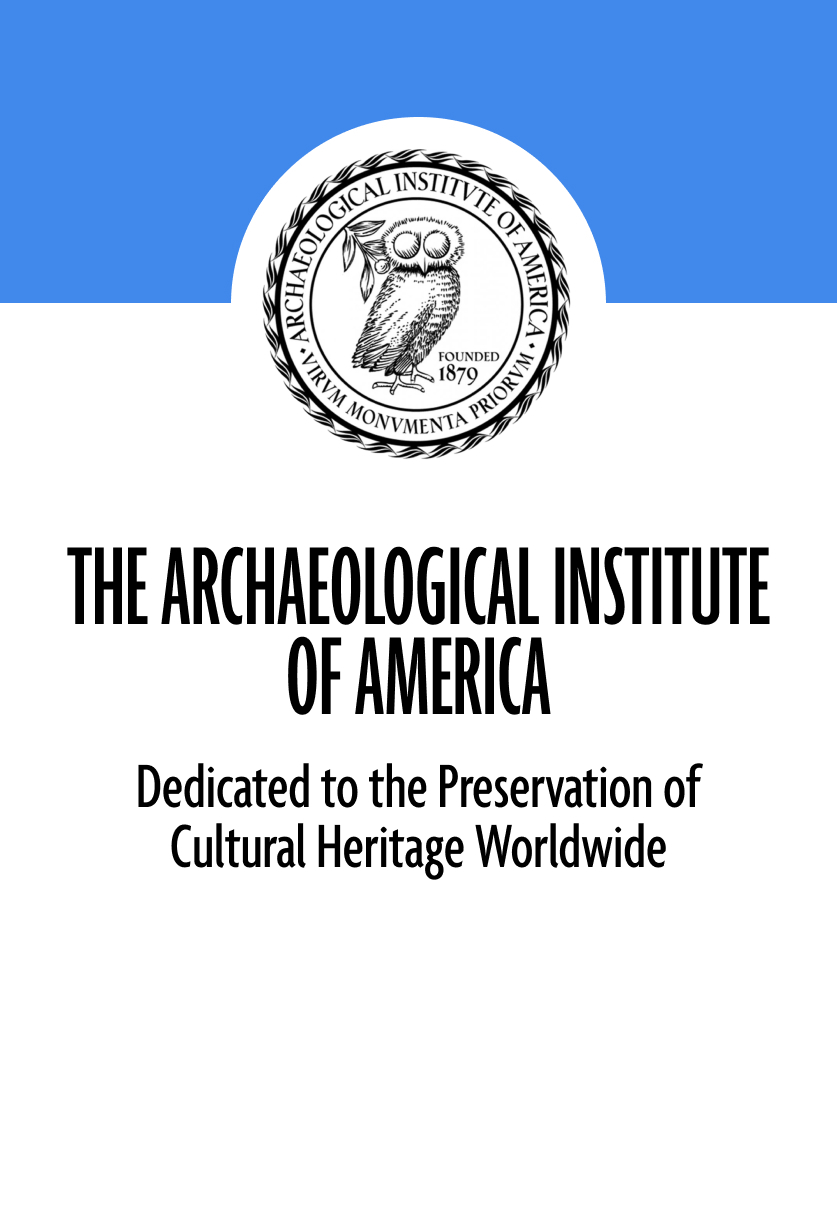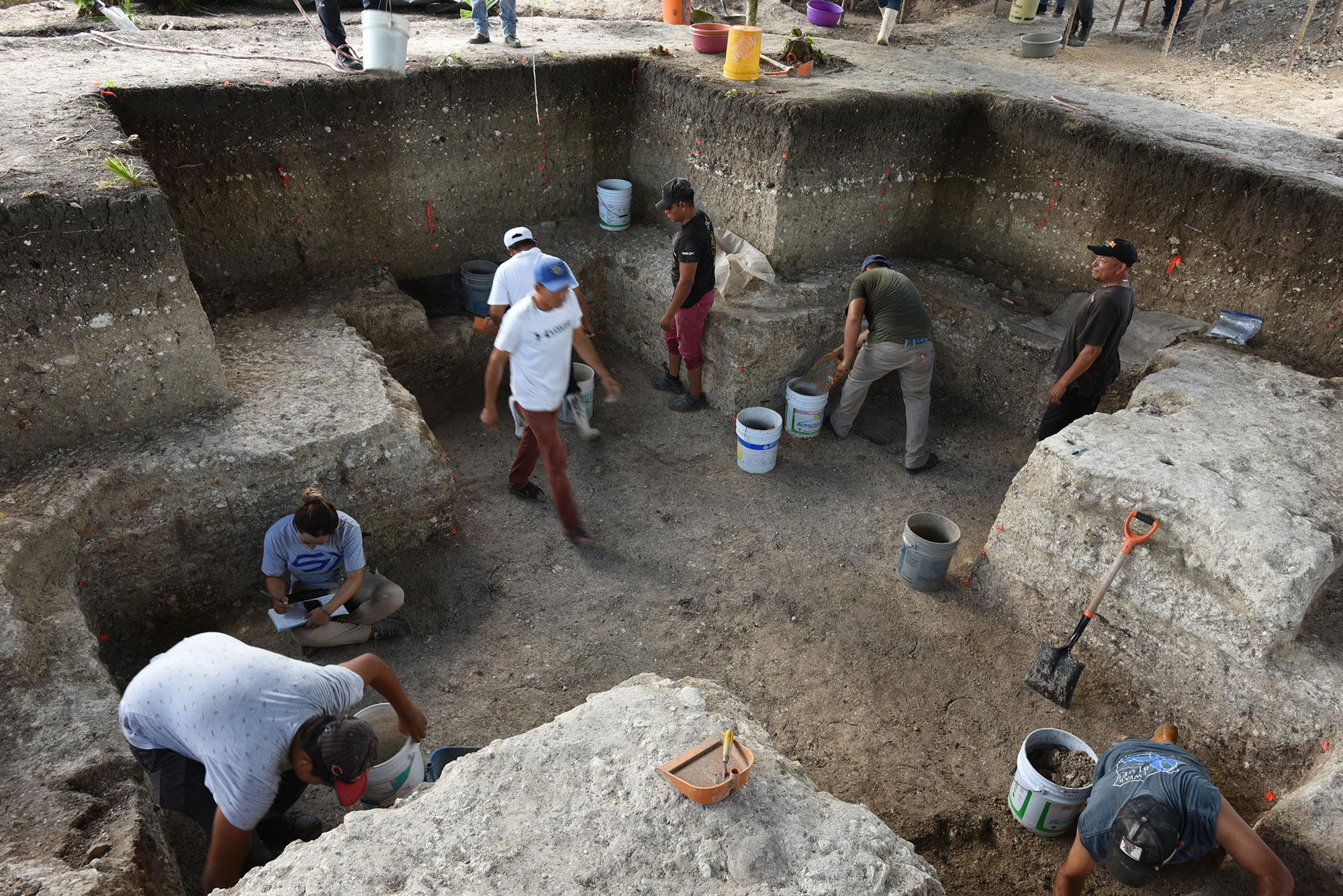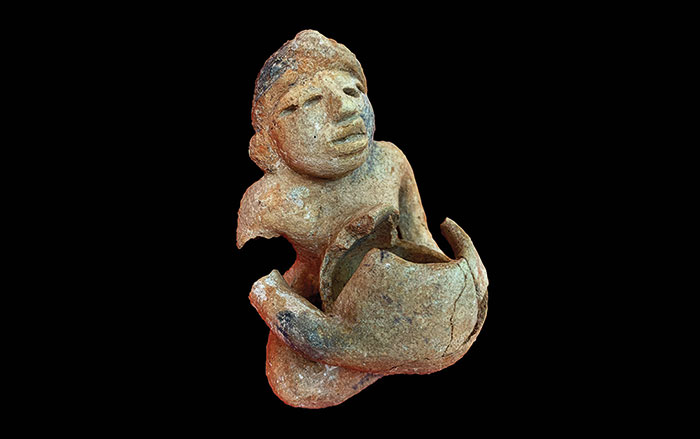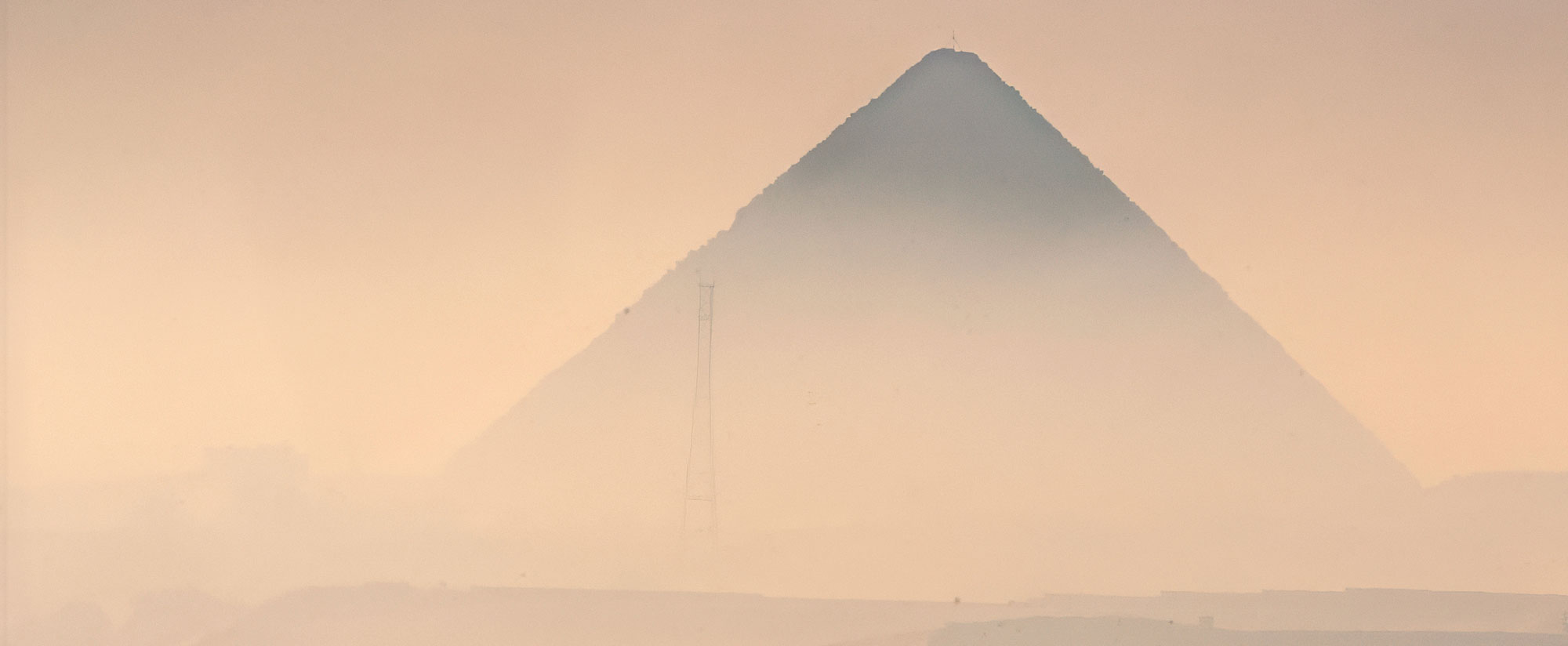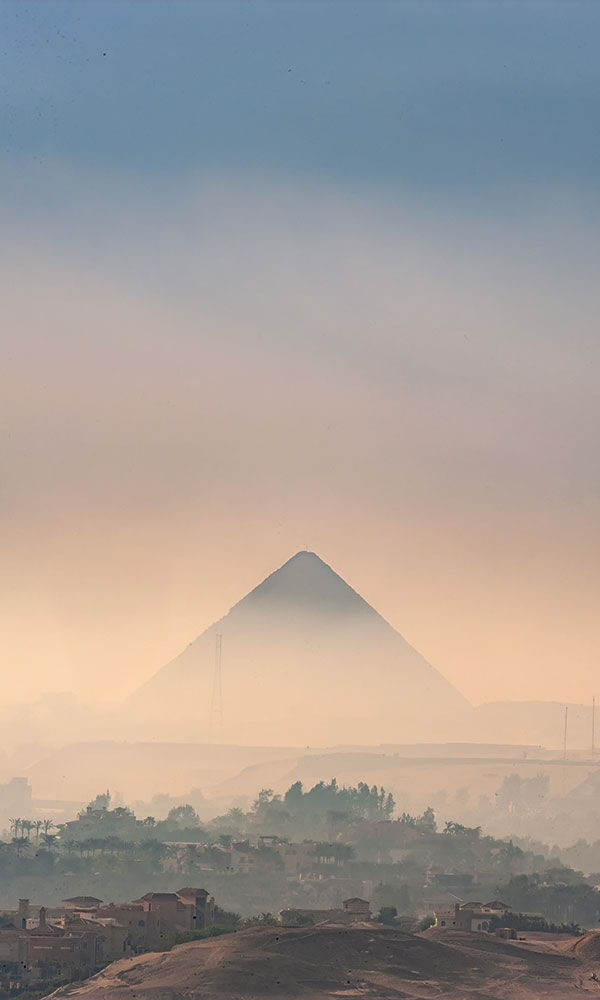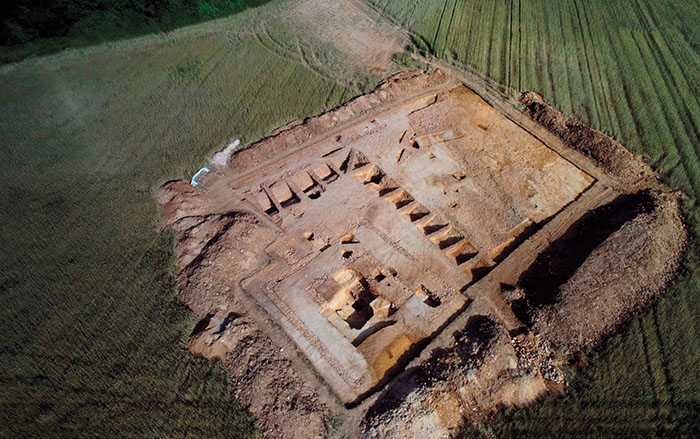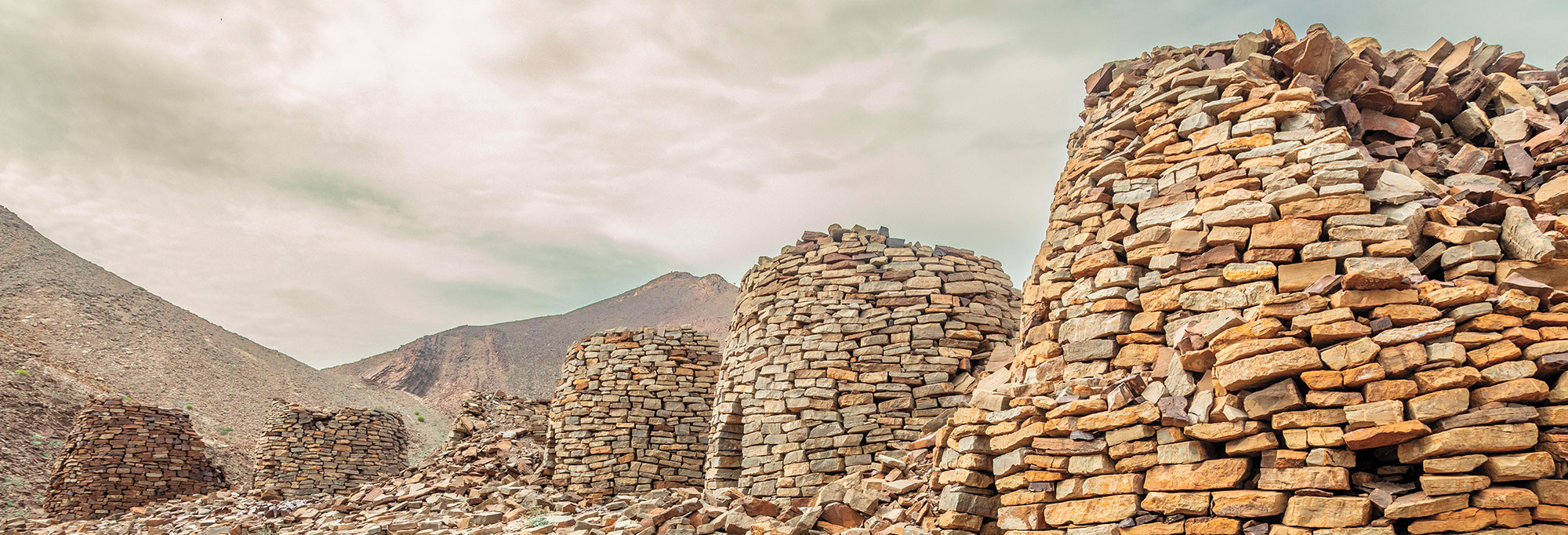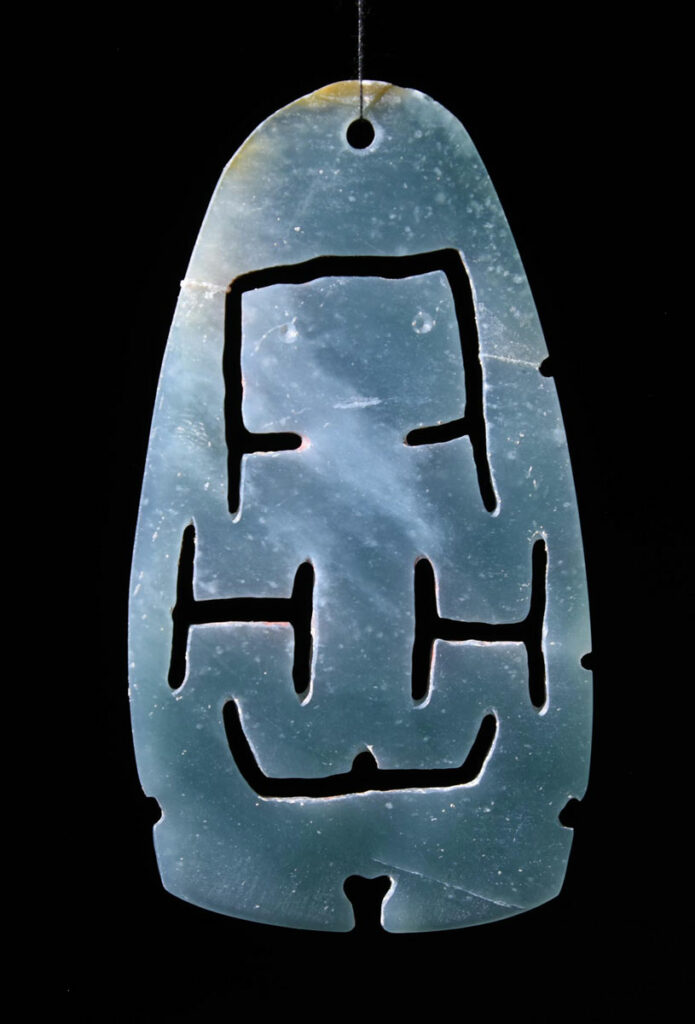
TUCSON, ARIZONA—According to a CNN report, excavations at Aguada Fénix, a plateau made of earth in southeastern Mexico more than 3,000 years ago, have revealed a cruciform pit set within a larger cruciform pit. The raised plaza itself is situated at the intersection of two roads—one running from north to south and the other from east to west. At the bottom of the smaller pit, the researchers led by Takeshi Inomata of the University of Arizona discovered jade artifacts that had also been arranged in the shape of a cross, and pigments that may have been linked to the four directions—blue to the north, green to the east, and yellow to the south. A red shell might be linked to the west. “It’s like a model of the cosmos or universe,” Inomata said. “[The Maya] thought that basically the universe is ordered based on this cruciform pattern, and then that’s tied to the order of time.” Inomata noted that the east-west axis of the platform aligned with the direction of the sunrise on October 17 and February 24. “The interval is 130 days. That’s half of 260, and that’s the main ritual calendar of the Mesoamerican people,” he explained. This monumental structure was probably built by more than 1,000 people who gathered for a few months per year for several years. Inomata suggests that the Maya may have continued to gather at the site to worship during the dry season. Read the original scholarly article about this research in Science Advances. For more on the site, go to "Oldest Maya Temple," one of ARCHAEOLOGY's Top 10 Discoveries of 2020.
